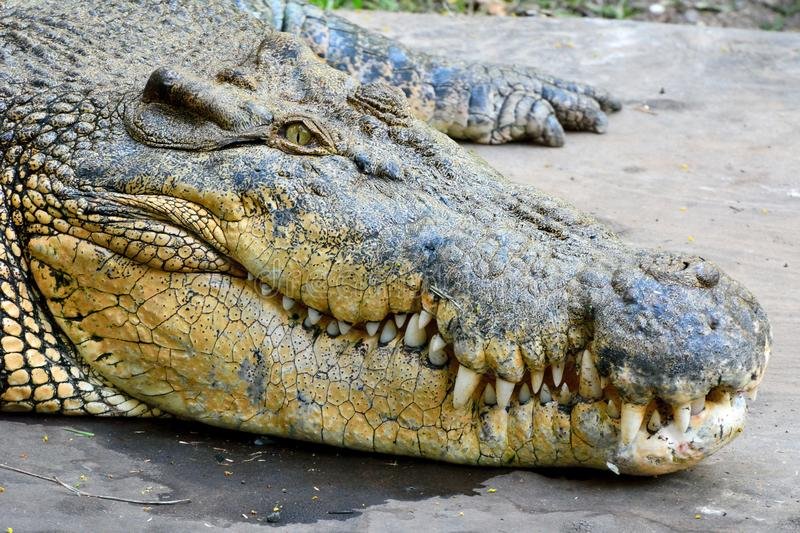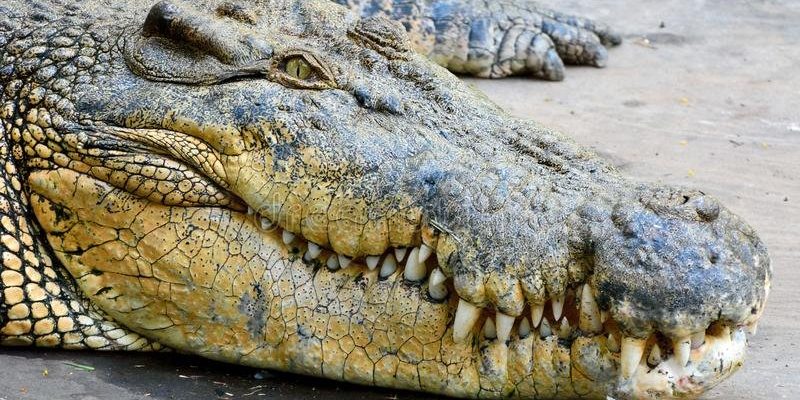
Many people might compare saltwater crocodiles to a character out of a wild adventure movie, but they’re very real and much more complex than you might think. Understanding these animals isn’t just about dispelling myths; it can help us appreciate their role in the ecosystem. From their size to their behavior, there’s so much to unpack. So, grab a coffee, and let’s chat about the fascinating world of saltwater crocodiles and clear up some of the confusion surrounding them.
Myth 1: Saltwater Crocodiles Only Live in Saltwater
You might think that the name “saltwater crocodile” means they only hang out in the ocean. Well, here’s the thing: they’re actually quite versatile! While they do love saltwater environments, these reptiles can also thrive in freshwater. They roam rivers, lakes, and even swamps.
Why are they so adaptable? Well, their bodies can handle both types of water thanks to specialized glands that help them excrete excess salt. This adaptation gives them a wider range of habitats than you might expect. So yes, you can find them chilling out in brackish estuaries or basking on riverbanks, taking a break from the salty sea!
Myth 2: Saltwater Crocodiles Are All Giant Monsters
Let’s set the record straight: not all saltwater crocodiles are gigantic beasts. Sure, they can grow to be massive—some even reach lengths of over 20 feet! But the truth is, like any other species, they have a range of sizes.
When they’re younger, saltwater crocodiles are much smaller, often measuring just a few feet long. It’s like comparing a toddler to a full-grown adult. Most of these crocodiles will never grow to their maximum potential size. Factors such as food availability, habitat conditions, and even genetics play a significant role in their growth.
Fun fact: The average size of an adult saltwater crocodile is about 10 to 15 feet! That’s still impressive, but it’s not always the giant monster you might envision.
Myth 3: Saltwater Crocodiles Are Always Aggressive
You might be wondering, “Aren’t they dangerous?” Sure, saltwater crocodiles can be aggressive, especially when they feel threatened or are protecting their eggs. However, they’re not constantly on the attack. Just like any animal, they have their moods!
Most saltwater crocodiles prefer to avoid human interaction. They’re more likely to flee than fight when they encounter people, unless they feel cornered. If you think about it, their natural behavior is to conserve energy, and attacking requires a lot of that. It’s important to remember this when visiting areas where they live; respecting their space can help keep both you and the crocodile safe.
Myth 4: Saltwater Crocodiles Only Eat Meat
While it’s true that saltwater crocodiles are carnivorous and tend to prefer a meaty diet, they’re not as picky as you might think. Their menu includes fish, birds, and even the occasional mammal. But you might be surprised to learn that some crocodiles can also munch on fruits!
Yes, fruits! Some studies suggest that they might eat certain fruits that fall into the water, which provides them with essential vitamins and minerals. Imagine a crocodile taking a snack break with a few pieces of fruit floating by—how bizarre is that?
The adaptability in their diet showcases their incredible survival skills. It’s more similar to humans than you might expect: if food is scarce, you’ll eat whatever you can find!
Myth 5: Saltwater Crocodiles Are Endangered
Here’s a common misconception: many people believe that saltwater crocodiles are on the brink of extinction. While their populations were severely impacted in the past due to hunting and habitat loss, they’ve made a significant comeback in various regions.
Conservation efforts have helped protect these reptiles. They’re now listed as “Least Concern” by the International Union for Conservation of Nature (IUCN). This means that, while they’re not out of the woods completely, their populations are relatively stable. In fact, in places like Australia, they’re very successful!
Why does this matter? Healthy crocodile populations can indicate a balanced ecosystem. They’re essential for controlling fish populations and maintaining the health of their habitats.
Myth 6: Saltwater Crocodiles Are Just Big Lizards
You might think of saltwater crocodiles as just oversized lizards, but they’re actually more closely related to birds than they are to most reptiles. Isn’t that wild? Both crocodiles and birds share a common ancestor.
This connection explains some fascinating traits, like their nesting behaviors and even certain vocalizations. It’s like finding out your friend is related to a famous celebrity—it changes how you look at them!
They may look similar to lizards, but saltwater crocodiles are part of a more ancient lineage. This makes them very unique and an important part of the evolutionary story of life on Earth.
So there you have it! Saltwater crocodiles are full of surprises, and understanding the truth behind these common myths can help us respect and appreciate them more. From their habitats and diets to their behaviors and relationships with humans, there’s much more to these impressive reptiles than meets the eye.
Next time you’re out in the wild or watching a nature documentary, remember these facts. By appreciating the real nature of saltwater crocodiles, we can help foster a better relationship with them and the ecosystems they inhabit. After all, they play a vital role in maintaining balance in nature. So let’s keep the myths at bay and enjoy the wonder of these creatures in all their glory!

